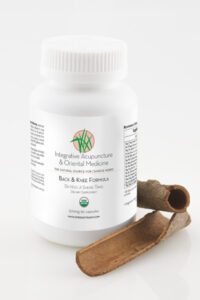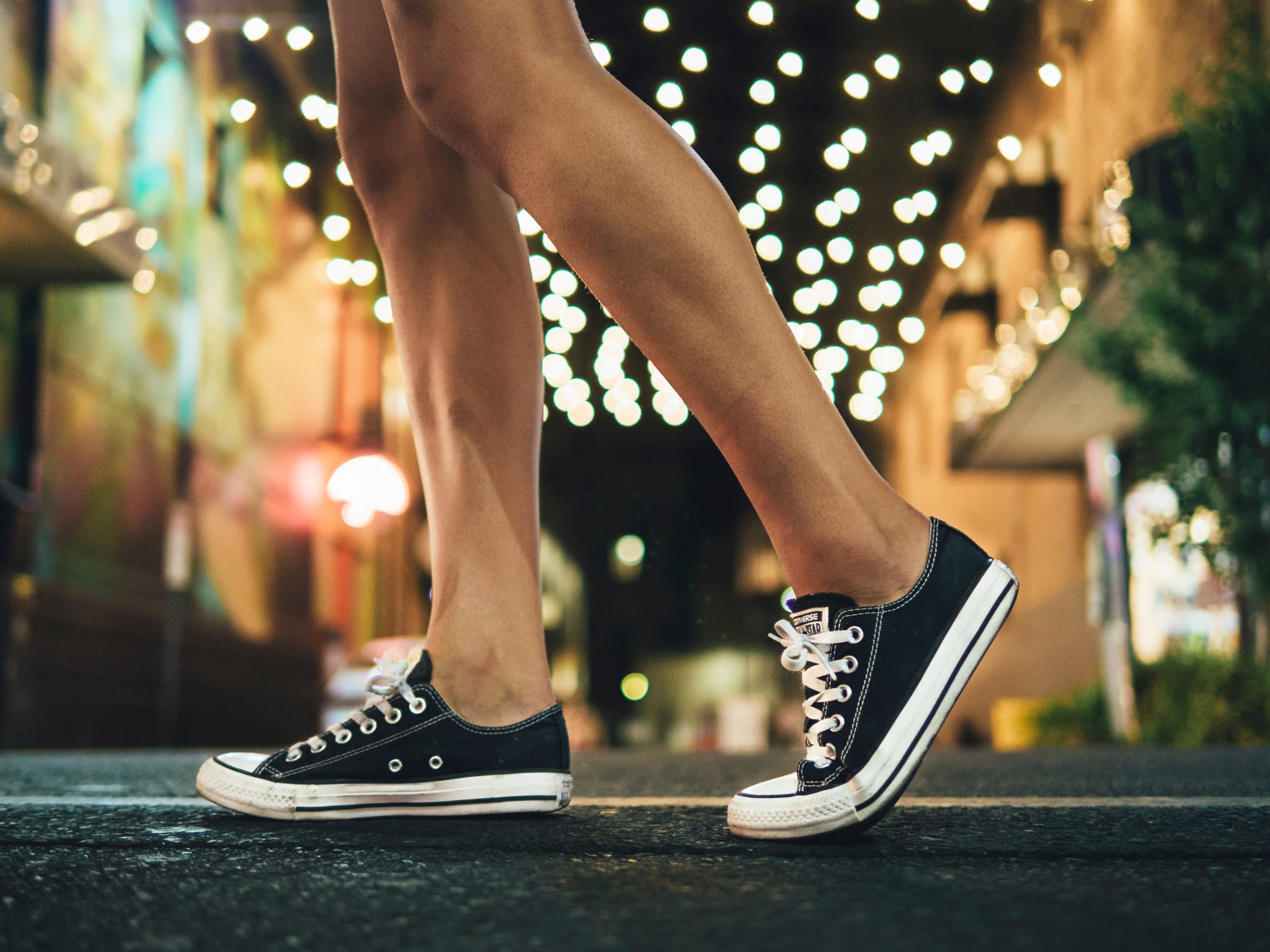Stuck at home and need some easy exercises you can do on your own to take care of your knees? These 3 exercises were developed for arthritis sufferers in mind, but honestly, anyone who needs to squeeze in a little moving in their day can benefit from these short exercises. Because let’s be honest, when you’re stuck in one place all day, everything is going to start feeling a little creaky.
The old saying, “You don’t know what you’ve got until it’s gone” is true for many aspects of our lives. Why are we mentioning this in an article about knee arthritis? Well, it seems that people are taking their knees, the largest joint in the body, for granted, and only begin to appreciate their magnitude of importance when things go sour.
Think about it – if there’s a single joint (or two single joints) that we most heavily use and that carriesmost of our body weight, it’s our knees. Do you walk, run, climb, or jump? If you answered YES to one of these, you are in!
Knee Arthritis Exercises
While it may be tempting to avoid exercise when knee pain occurs, this is not always the appropriate solution. Certain types of exercise can help alleviate existing knee pain and prevent future pain or injury by providing the knee with extra support.
According to the Arthritis Foundation, exercise may be the most effective way to treat osteoarthritis without surgery. Osteoarthritis is the most common form of arthritis and is the result of ware and tare–it could be related to aging, but can also hit young people, like those who engage in high-impact sports.
Regular physical activity can keep the muscles around affected joints strong, decrease bone loss and may help control joint swelling and pain. It also replenishes lubrication of the cartilage of the joint, reduces stiffness and pain and is critical to maintaining a healthy range of motion.
A few rules to follow include:
- If you experience pain while exercising, you should stop and consult your doctor.
- In general, anyone with knee pain should consult their doctor prior to beginning an exerciseroutine.
But there’s one step that many are tempted to skip – warming up! A few minutes will do.
Why is Warming Up Important?
Warming up is a way of preparing your body for exercise. The same way as you (should) warm up your car before driving on a cold day. Low-intensity warmups gradually increase heart rate and circulation, so you are better prepared to handle higher intensity exercise.
Taking time to warm up will also increase your body temperature, so you perform like a well-oiled machine.
To simplify, think about a door hinge –if youdon’t use it very often, it will, at some point, become stiff, and, eventually, may even completely lock. WD-40 is a magical solution to lubricating and releasing stiff and stuck hinges. Thankfully, our WD-40 is generated naturally from within, as long as we keep active.
Don’t forget to warm up before starting these exercises. It’s extremely important to use extra caution when performing any exercise, especially relating to tender joints.
Furthermore, as your body temperature increases, you’ll loosen your joints and increase blood flow toyour muscles. That means less stress on joints and tendons.
Here are three core knee exercises that can help you give some knee-love and maintain and improve your joint’s health.
Standing Hamstring Curls
- Stand straight with the knees only 1–2 inches apart. Hold on to a stable chair, the countertop, or another object for balance.
- Slowly bend one knee behind the body, lifting the heel off the floor while keeping the thighs aligned. Continue to lift the heel in a smooth motion until the knee bend reaches a 90-degree angle. Keep the straight leg slightly bent to avoid locking it.
- Hold the bent leg up for 5 seconds and then slowly lower it to the floor.
- Repeat two more times with the same leg.
- Switch sides and repeat.
*Make sure not to point the toes or flex the foot on the lifted leg. Allow the foot to remain in a neutral, flat position.
Benefitting muscles: – Hamstrings (back of the thigh) and gluteal (buttock) muscles.
Step Exercises
Use a large, sturdy step stool, exercise platform, or even a strong crate you have lying around the house no taller than 6 inches.
- Step up onto the stool with the right foot and allow the left foot to follow behind. The left foot should not be on the stool but should hang behind it.
- Keep the bodyweight on the right foot and hold for up to 5 seconds.
- Slowly lower the left foot down and then follow it with the right foot.
- Switch legs, stepping up with the left foot first.
- Repeat.
*Do not lock the knees during this exercise. The knees should remain slightly bent.
*Do not allow any part of the stepping foot to hang off the stool or platform.
*People who have issues with balance should not perform this exercise.
Benefitting muscles: Quadriceps, hamstrings, hip flexors, and gluteal muscles.
Wall Squats
- Stand with the head, shoulders, back, and hips flat against a wall.
- Step both feet out about 24 inches away from the wall, while keeping the back and shouldersagainst it. Keep the feet no more than hip-width apart.
- Slide your back down the wall slowly until your body is just above a normal sitting position.
- Hold for 5 seconds and then slide back up.
- Repeat.
*Do not squat too low. The knees should not go over the toes.
*Do not use fast, jerky movements. Perform the exercise slowly and smoothly.
Benefitting muscles: Quadriceps and gluteal muscles.
And remember: After exercising any muscle group, it is essential to stretch the muscles again. Stretching helps improve flexibility and reduces pain and injury.
Herbal Medicine For Knee Pain
Chinese herbal medicine has been used for thousands of years for pain. Consider a trusted, herbal medicine brand for back and knee and joint pains.
 Joint Pain Formula is perfect for our patients who need relief from chronic or acute joint pain. Patients report a reduction in arthritis, osteo-arthritits, and rheumatoid arthritis. The herbs in this formula may help reduce inflammation or stagnation in the body. Reducing stagnation in the body enhances circulation and the flow of Qi throughout the body.
Joint Pain Formula is perfect for our patients who need relief from chronic or acute joint pain. Patients report a reduction in arthritis, osteo-arthritits, and rheumatoid arthritis. The herbs in this formula may help reduce inflammation or stagnation in the body. Reducing stagnation in the body enhances circulation and the flow of Qi throughout the body.
Back and Knee Formula is a classical, and very old formula called Du Huo Ji Sheng Tang in Chinese. It is used for pain in the lower body especially in the low back, knees, legs and feet. User report pain from arthritis, weakness and heaviness of the legs, soreness, numbness and stiffness of the back or legs benefit from Back and Knee Formula.
So, give yourself a pat on your knees and start showing them some love.






